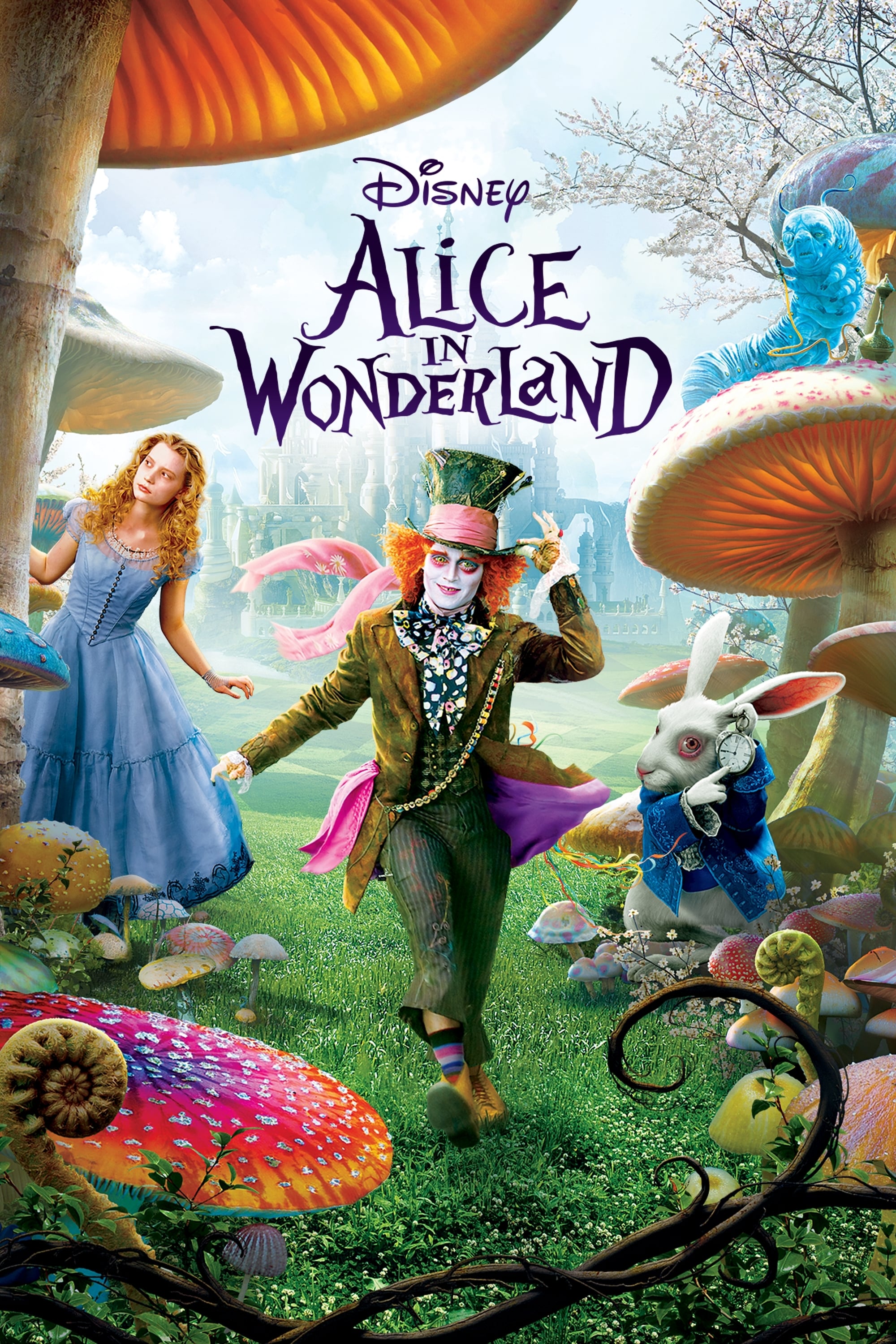Have you ever wondered what it would be like to tumble down a rabbit hole and find yourself in a fantastical world where talking animals, mischievous queens, and perplexing riddles are the norm? Such is the captivating journey of young Alice in Lewis Carroll’s beloved novel “Alice’s Adventures in Wonderland,” a story that has captured the imaginations of generations. While the book itself is a classic, the 1951 animated adaptation of “Alice in Wonderland” by Disney brought the whimsical tale to life for a whole new audience, leaving an enduring legacy on the world of animation and popular culture.

Image: animalia-life.club
The 1951 film, a vibrant and imaginative triumph, is more than just a simple retelling of the book. Disney’s “Alice in Wonderland” weaves together the core elements of Carroll’s story with its own unique charm and artistic flair. It introduces us to a vibrant, yet perplexing world unlike anything we’ve ever seen, with its own unique set of societal norms and quirky characters. From the ever-so-formal Mad Hatter and the eccentric Queen of Hearts, to the enigmatic Cheshire Cat and the perpetually late White Rabbit, each character adds a distinct layer of humor and absurdity to the narrative.
A World of Wonder and Whimsy
A World Where Logic Takes a Vacation
The beauty of “Alice in Wonderland” lies in its complete disregard for logic and common sense. It’s a world where the rules of reality are constantly changing, where a caterpillar can smoke a hookah, and a tea party can last forever. This absurdist nature, so central to Carroll’s original work, is masterfully captured by Disney’s film. The animation style, with its bold colors and exaggerated movements, perfectly encapsulates the chaotic yet captivating nature of Wonderland. The film seamlessly blends humor and surrealism into a captivating narrative, leaving viewers wondering what strange and wonderful sights await around the next bend.
Characters that Captivate and Intrigue
The film’s characters are a mesmerizing cast of personalities, each as unique and quirky as the world they inhabit. Alice, a curious and adventurous young girl, is the quintessential protagonist, a beacon of innocence navigating a world rife with absurdity. Her journey through Wonderland is a testament to her adaptability and the power of her imagination. The Mad Hatter, with his chaotic charm and constant obsession with tea parties, is a symbol of eccentric creativity. The Queen of Hearts, with her penchant for beheadings and her constant cry of “Off with their heads!,” is a picture of volatile and eccentric authority.

Image: abc11.com
A Journey of Self-Discovery
Beyond the vibrant characters and fantastical scenery, “Alice in Wonderland” is a story about self-discovery and the exploration of one’s own identity. Alice’s journey through Wonderland is a metaphor for the challenges of growing up. She encounters situations that challenge her preconceived notions and force her to adapt to a world where logic is fluid and the rules are constantly changing. She faces her fears, confronts her insecurities, and learns to embrace the unexpected. Her journey teaches us that, even in the strangest and most bizarre of circumstances, it’s important to trust our own instincts, to embrace our inner curiosity, and to find the courage to explore the unknown.
An Enduring Legacy
A Cinematic Masterpiece
Disney’s “Alice in Wonderland” is a testament to the power of animation as a storytelling medium. The film’s vibrant colors, distinctive character designs, and mesmerizing musical score create a cinematic experience that is as captivating today as it was in 1951. The film’s influence is apparent in countless other animated films, proving its enduring influence on the history of cinema. The film’s iconic characters, memorable songs, and endearing stories have become part of our collective cultural lexicon.
Reinterpretations and Continued Relevance
The enduring appeal of “Alice in Wonderland” is evident in the countless reimaginations and reinterpretations of the story. From Tim Burton’s 2010 live-action adaptation to the numerous stage productions and video games, the story continues to capture the imaginations of artists and audiences alike. The story’s themes of identity, growth, and the power of imagination continue to resonate with audiences of all ages, making it a timeless classic that remains as relevant today as it was when it was first published.
Alice In Wonderland The Original Movie
Conclusion
“Alice in Wonderland” is more than just a children’s story. It is a masterpiece of storytelling, a timeless exploration of imagination, identity, and the power of embracing the unexpected. The 1951 Disney adaptation brought Carroll’s vision to life with vibrant animation, unforgettable characters, and a score that still captivates audiences today. It is a reminder that even in the most chaotic and surreal of worlds, a spark of wonder and a sense of adventure can lead to incredible discoveries.





